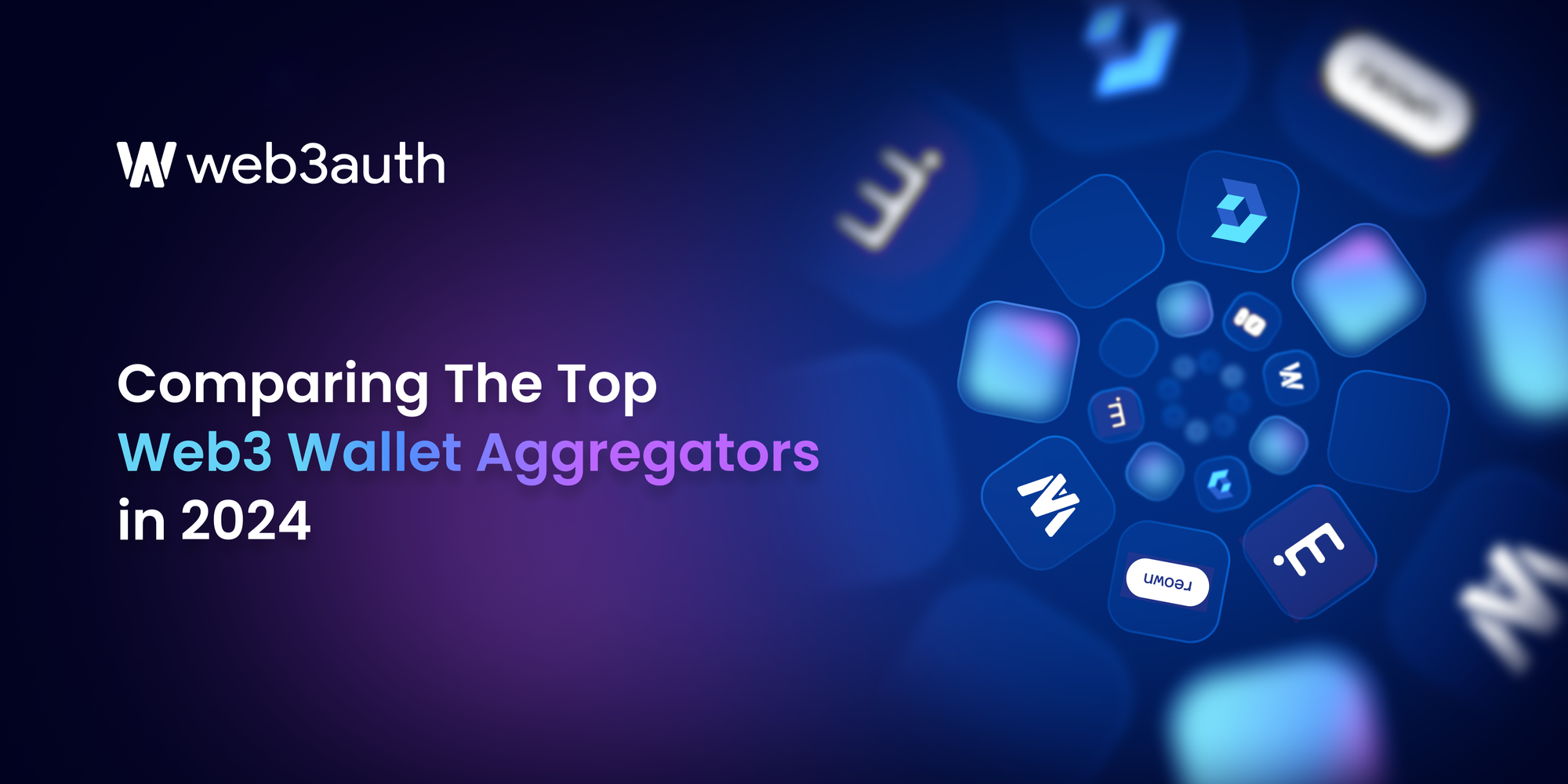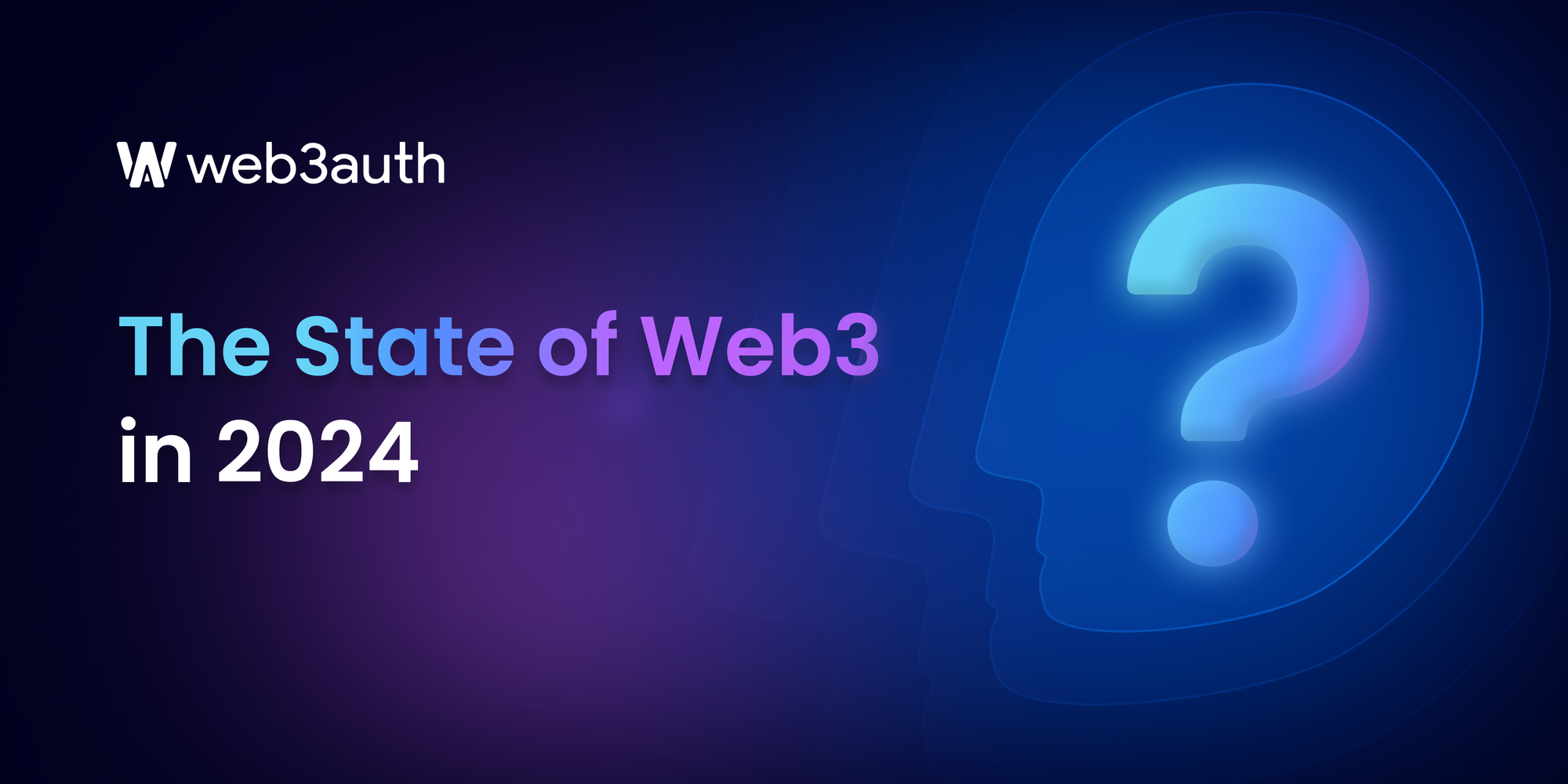On this page
One of the biggest issues that Web3 users face in the space is how complex it is to manage multiple wallets – having separate wallets for each dApps is generally not a great user experience. Wallet aggregators are essential for creating dApps that seamlessly integrate wallet support, improve user experience, and enhance security. Before we get into which aggregators to choose from, let’s look into what they are.
What are Wallet Aggregators, and Why Are They Important?
A wallet aggregator is a digital platform or tool that consolidates and manages multiple cryptocurrency wallets in one place. Wallet aggregators aim to simplify the process of handling various cryptocurrencies and assets by providing a single interface through which users can view, monitor, and sometimes even trade their holdings across different wallets.
Think of it as having multiple bank accounts at different banks, each with its own app. A wallet aggregator is like a single app that lets you view and manage all your accounts in one place. Instead of juggling several apps, you just use one, which simplifies tracking your balances, transferring money, and paying bills. In the same way, a wallet aggregator lets you manage different crypto wallets and assets from one interface, making things easier and more convenient.
As the primary means of interacting with dApps, wallets are critical for Web3 users. But with so many wallets and blockchain networks, connecting them to a dApp can be complex. Wallet aggregators help developers provide multi-wallet support, streamline the onboarding process, and improve security. Here’s a breakdown of each tool:
Comparison of Wallet Aggregators
1. WAGMI
WAGMI is a React-based library tailored for building Ethereum dApps. It provides hooks that simplify wallet connections, account management, transaction handling, and smart contract interactions. By abstracting these tasks into easy-to-use functions, WAGMI streamlines dApp development on Ethereum and its compatible chains, making it easier for developers to create responsive, user-friendly interfaces that handle blockchain interactions seamlessly.
2. ReownAppKit (formerly Web3Modal)
Reown AppKit is ideal for developers who want to streamline wallet connection and enhance the user onboarding experience in Web3 applications. It provides tools for wallet aggregation, allowing users to access and manage multiple wallets from a single interface. AppKit supports cross-chain interactions and offers customizable UI components.
3. Web3-Onboard
Web3-Onboard is developed by Blocknative, designed to streamline wallet connections and user onboarding for Web3 applications. It supports multiple wallets, including MetaMask, Ledger, Trezor, and WalletConnect-compatible wallets, and provides features like network switching, real-time transaction monitoring, and a customizable UI. Onboard.js is ideal for dApp developers who want to offer a smooth and flexible wallet onboarding experience, especially on Ethereum and EVM-compatible blockchains.
4. Web3Auth
Web3Auth offers wallet aggregation by allowing users to connect over 400 external wallets, such as MetaMask, WalletConnect, and Coinbase, through adapters that facilitate communication between Web3Auth and various wallet providers. This enables a seamless multi-wallet connection experience within dApps, improving usability for both crypto-native and non-crypto users. Web3Auth also supports integrations with tools like WAGMI, enhancing flexibility and enabling easy wallet connections within popular frameworks.
Choosing the Right Wallet Aggregator
Choosing the right wallet aggregator for your Web3 project depends on your specific goals and user base. Solutions like WAGMI, Onboard.js, and Moralis are well-suited for developers seeking integration tools for Ethereum and EVM-compatible chains. Web3Auth offers wallet aggregation with robust cross-chain and multi-wallet support, making them ideal for dApps focused on a streamlined user onboarding experience.
Ready to integrate seamless wallet aggregation into your dApp? Check out Web3Auth's documentation to explore how it simplifies multi-wallet connections, supports cross-chain interactions, and enhances user onboarding.





